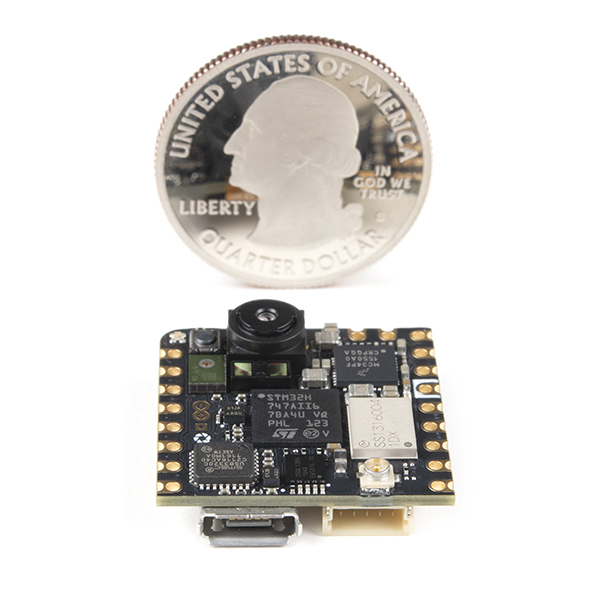Overview
These labs provide a unique opportunity to gain practical experience with machine learning (ML) systems. Unlike working with large models requiring data center-scale resources, these exercises allow you to directly interact with hardware and software using TinyML. This hands-on approach gives you a tangible understanding of the challenges and opportunities in deploying AI, albeit at a tiny scale. However, the principles are largely the same as what you would encounter when working with larger systems.
Pre-requisites
- Nicla Vision Board: Ensure you have the Nicla Vision board.
- USB Cable: For connecting the board to your computer.
- Network: With internet access for downloading necessary software.
Setup
Exercises
| Modality | Task | Description | Link |
|---|---|---|---|
| Vision | Image Classification | Learn to classify images | Link |
| Vision | Object Detection | Implement object detection | Link |
| Sound | Keyword Spotting | Explore voice recognition systems | Link |
| IMU | Motion Classification and Anomaly Detection | Classify motion data and detect anomalies | Link |
